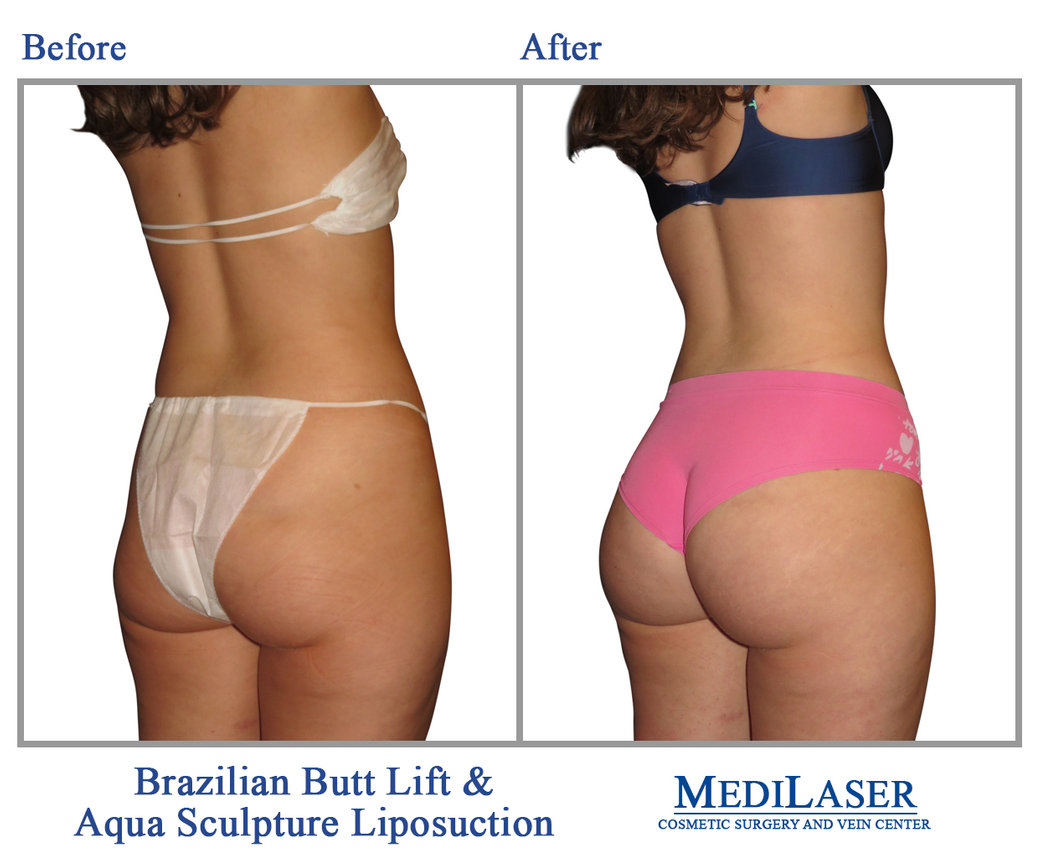
The FDA published millions of reports about issues with medical devices. The FDA allows manufacturers to submit complaints about their products to its employees. The agency also makes the reports available online through MAUDE, which is free to the public. Implant safety is affected differently by different factors. For example, a textured area can prevent rotation. Moreover, a woman who smokes is at a higher risk of developing complications from implants. Consider breast implants if you have autoimmune conditions.
Textured surfaces prevent rotation
Although it is possible for breast implants of teardrop shape to be rotated, textured surfaces may prevent it. Textured surfaces will not allow the implant to rotate because they have a Velcro effect. Likewise, round implants will not rotate as much, so they will be more secure in the breast pocket. Though rotation of teardrop-shaped implants is a small risk, it can still be an aesthetic issue.

Avoiding autoimmune disorders
FDA has not yet concluded if silicone implants in breasts can be linked to autoimmune conditions. Breast implants may have led to arthritis-like symptoms in some doctors. While there hasn't been any conclusive evidence from the FDA linking breast implants to autoimmune disorders, there are growing signs. The World Health Organization recently conducted a study that found a link between breast implant use and rare cancers.
Surgery is irreversible
Breast implants surgery is not possible to reverse, unlike other cosmetic surgeries like tummy tuck and rhinoplasty. After your implants are installed, your breast shape is permanent. Implanted breast tissue could be dimpled, wrinkled or distorted. The procedure may also cause you to experience a significant amount of pain. You can reduce these risks by hiring a trained plastic surgeon in breast implant surgery.
Patient device cards
Updates to FDA's guidelines regarding patient device cards (for breast implants) have made it more crucial than ever to provide information about the product to patients. The latest guidelines recommend that patient device cards include information about the type of implant, its serial number, and any boxed warnings. Additionally, the cards should contain web links that direct patients to the device's label and decision checklist, so that they can access more information about the product.

Screening for rupture
The Food and Drug Administration (FDA) recommends periodic imaging of breast implants two to three years after surgery. Ultrasound is able to distinguish between normal and broken implants. Normal implants will appear well-defined and homogeneous on ultrasound. Ruptured implants will have a snow-storm-like appearance. To determine the extent and cause of your rupture, schedule an MRI. This type imaging is not covered under your insurance.